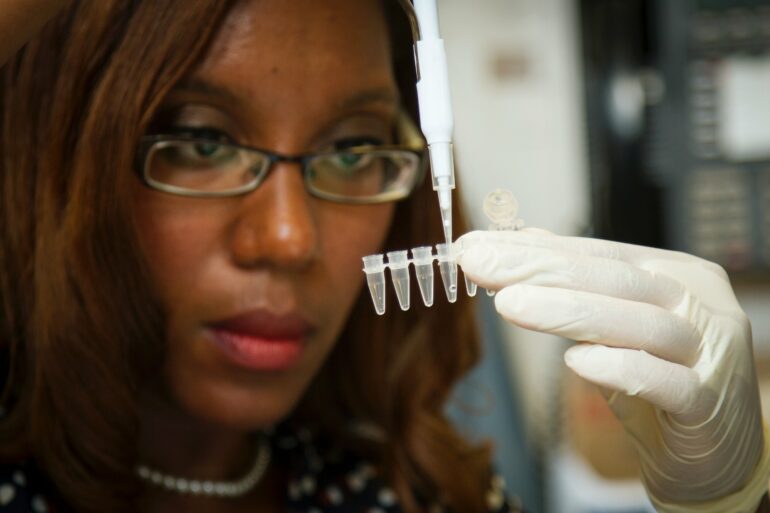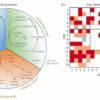New DNA sequencing technologies have identified the historical remains of George Washington’s grandnephews, Samuel Walter Washington and George Steptoe Washington Jr., and their mother, Lucy Payne Washington, from unmarked, fragmentary bones left at the Harewood family cemetery in Charles Town, West Virginia, in the mid-1800s.
In addition to enabling the remains in question to be reunited and reburied if desired, the researchers plan to apply the validated DNA analysis techniques to their ongoing efforts to identify the remains of service members lost around the world in past conflicts going back to World War II. The findings appear in the journal iScience.
“The ability to test historical samples such as the Harewood Cemetery remains allows us to evaluate and improve the methodologies applied to our casework samples that are of similar quality to historical remains, and often times even more degraded,” says first author Courtney Cavagnino of the Armed Forces Medical Examiner System’s Armed Forces DNA Identification Laboratory (AFMES-AFDIL) at the Dover Air Force Base.
“This particular case gave us an opportunity to test methods for extended kinship prediction that we developed using a set of known, degraded DNA samples needing identity confirmation,” says senior author Charla Marshall, Deputy Director of DoD DNA Operations. “Our laboratory is currently validating these novel methods to be used in routine casework.”
AFMES-AFDIL is the Department of Defense’s only human remains DNA laboratory, supporting current-day operations as well as the Defense POW/MIA Accounting Agency’s (DPAA) mission to identify service members from past conflicts extending back to World War II. In the new study, the AFMES-AFDIL team set out to identify remains from unmarked grave sites at Harewood Cemetery.
To confirm the suspected identities of the recovered remains, they performed a range of DNA tests of the remains together with analyses of the DNA from a living descendant, S.W. Washington.
The methods included Y chromosome DNA analysis to assess paternal relationships, mitochondrial DNA sequencing to assess maternal relationships, and a newly developed method to analyze next-generation sequencing (NGS) data including about 95,000 nuclear single-nucleotide polymorphisms (SNPs) to predict more distant ancestry.
Their pairwise kinship comparisons between the living descendant, S.W. Washington, and the three buried individuals predicted relationships one degree closer than anticipated, they note. While that was a surprise, they were able to figure out that was due to cross-cousin marriages in the Washington family tree.
“Our data confirmed the identities of the three sets of remains, and we furthermore resolved which male was the direct ancestor of S.W. Washington, the living descendant,” Marshall said.
The most common method used for DNA profiling in forensics is known as short tandem repeat (STR) analysis. But STR typing is often impossible to use with degraded remains, especially those preserved with post-war embalming techniques involving formaldehyde, Marshall says. Their newly developed methods now open the door to new ways of making a positive ID in these more difficult cases, including those involving service members lost in past conflicts whose remains contain only heavily degraded DNA.
“These SNP methods will provide us with a method of positive identification from nuclear DNA,” Marshall says.
“Very importantly, these methods will allow us to expand our pool of viable family reference sample donors to 3rd and 4th degree relatives in an effort to increase the number of DNA-assisted identifications, particularly those of past conflicts such as World War II, Korea, Cold War, and Southeast Asia/Vietnam.”
More information:
Unearthing who and Y at Harewood Cemetery and inference of George Washington’s Y-chromosomal haplotype, iScience (2024). DOI: 10.1016/j.isci.2024.109353
Citation:
DNA study IDs descendants of George Washington from unmarked remains (2024, March 28)



